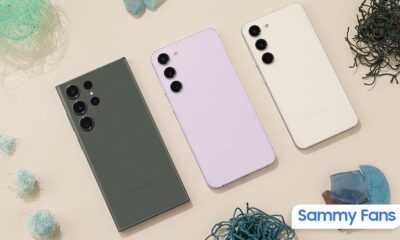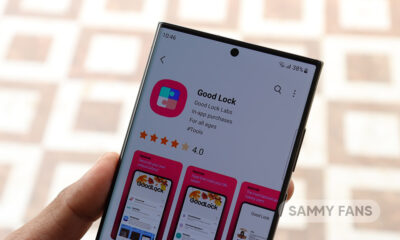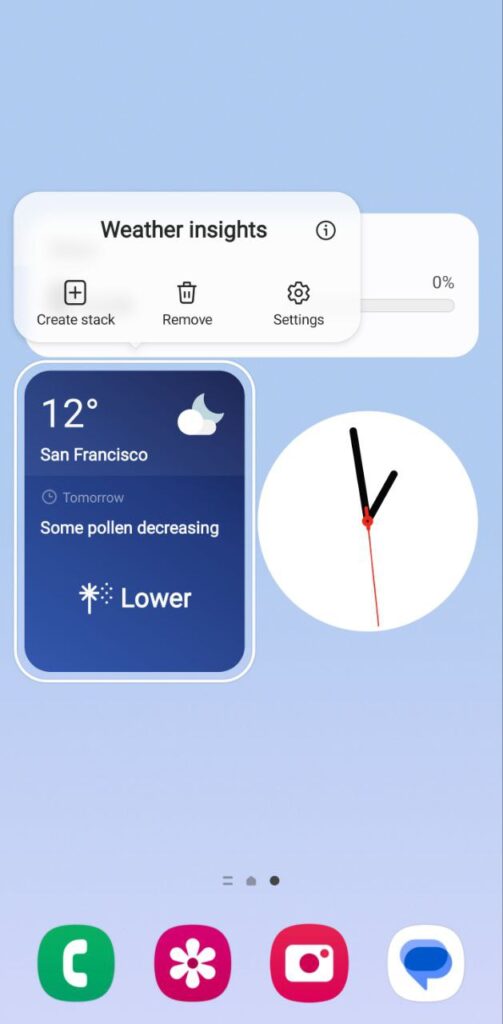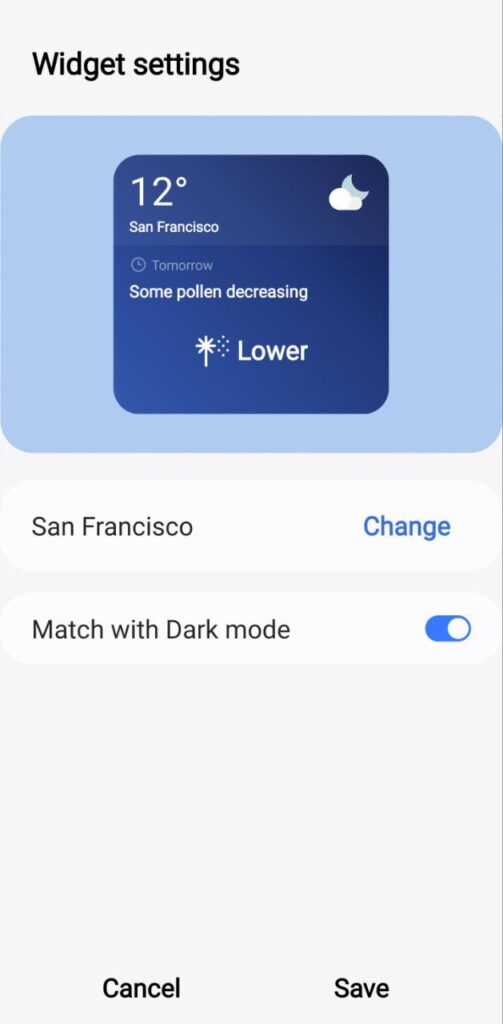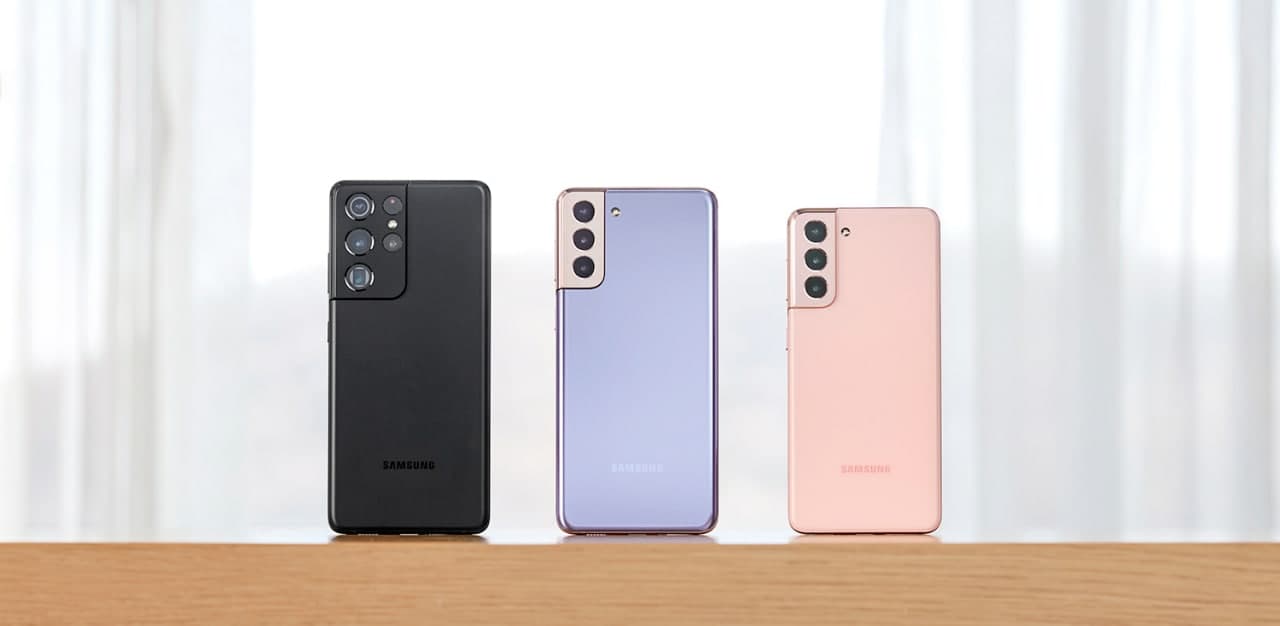
Samsung Galaxy S21: Most common yet productive tips and tricks [One UI 3.1]
Back in January, Samsung launched the Galaxy S21 series smartphones for those who want the best of software and hardware without bothering about the sticker pricing. From the vanilla Galaxy S21 to the powerful S21 Ultra, the company offers a premium range of devices that will appeal to every tech enthusiast.
These flagship devices not only offer best-in-class specs including Snapdragon 888/Exynos 2100 processor, 108MP camera, 120Hz Dynamic AMOLED display but also provide the unparalleled software experience through features like Director’s View, Vloggers View, Single Take, and much more. Don’t forget, the S21 Ultra also now supports the S Pen functionality so that you can experience some cool stuff of Galaxy Note flagships.
Therefore, this as a whole resulting in an unbeatable user experience. However, in the light of such premiumness, we just forgot that these devices also offer some common yet important features that need to be addressed or we can say used in our daily life.
After all, these devices now became our daily drivers and we use them always. So, today we will be mentioning some productive tips and tricks of Galaxy S21 that will help you out in your daily works.

How to use the Secure Folder
If you want to store some confidential information on your Galaxy S21, you can save it in the Secure Folder in which after unlocking your device, the Secure Folder should be unlocked again with another password, adding a second level of security that doubles the protection of your device.
However, Once Secure Folder is enabled, you can access that content from the app drawer itself. Here’s how to set the Secure Folder.
- Head to the Settings app.
- Select Biometrics and security.
- Then enable Secured Folder.
Activate Eye Comfort Shield
To protect your eyes from harmful rays of such a bright display, Galaxy S21 offers Eye Comfort Shield, a mode that aims to eliminate blue light and reduce eye strain.
However, if your eyes feel a little tired after looking at your smartphone all day, then this feature is only made for you. Here’s how to activate the Eye comfort shield.
- Hover to the Settings apps.
- Choose the Display option.
- Select Eye comfort shield.
- Enable the feature and choose the customizations.
Activate AOD (Always On Display)
One of the coolest features of S21 or we can say of Galaxies which have an AMOLED display, is the AOD (Always On Display). This feature allows a user to see notifications at a glance, even when your phone is locked.
However, it slightly impacts on phone’s battery life, but for those who want information, such as time, to always be displayed, this is a really good trick. So, here’s how to activate AOD on your device.
- Open the Settings app.
- Scroll to Lock Screen.
- Then, click on the Always On Display (AOD) to activate.
Switching to Android gesture navigation
By default, Samsung smartphones continue to use the three-button navigation method. This means you are presented with three buttons at the bottom of the screen allowing you to return to your home screen, switch between apps, and revisit the same.
However, Android 11 offers a gesture-based system just like an iOS device, which seems more intuitive and gives applications a little more space on the screen. So, here’s how to enable gesture navigation on your Galaxy S21.
- Go to the Settings app.
- Select the Display option.
- Choose Navigation Bar.
- And select Slide Gestures as your option.
Samsung DeX
Some Samsung fans don’t know that an entire desktop experience is hidden inside their Galaxy s21 device. In other words, the same comes under a feature namely DeX.
To use the Android+One UI-based desktop, you need an external monitor and an HDMI cable (Miracast-enabled wireless displays are also an option) so that you can access the customized desktop of Samsung, where you can drag your favorite apps into a multi-experience.
Accessing personalized Google Discover feed
The Google Discover feed is one of the features introduced with Samsung’s Galaxy S21 smartphones under its One UI 3.1. In which by swiping left from your home screen, you can access tons of information AKA personalized news feed.
Meanwhile, Google Discover feeds are based on your online browsing and likeability which means you will not get some rubbish ads like news which is now quite common in many other flagship devices. If Google Discover is not enabled, you can follow these steps to view it on your S21.
- Hold the Home Screen.
- Swipe right to go to the leftmost screen.
- Choose to enable or disable Google Discover.
Access calls and texts from other devices
Samsung’s biggest rival Apple love to show off how they can access iMessages, SMS, and calls on all of their devices including iPhones and iMac.
However, Samsung devices can also do the same trick in which if you have another Samsung device like a Galaxy tablet, you can share text messages and calls on your Samsung account. If you don’t know how to do that, these below-mentioned steps will help you out.
- Go to the Settings app.
- Scroll down to Advanced features.
- Then click on Calls and SMS on other device’s functionality.
Control your Galaxy side button
In the past, Galaxy devices used to have a dedicated button for Bixby which is used to activate this infamous voice assistant. However, Samsung thought that it was going to work like ‘Tony stark’s Jarvis’ or in simple words, the company markets that as a Samsung styled Google Assistant as it has some same functionalities that didn’t work out.
But now, the Galaxy S21 series offers a single side button that doubles as a power lock/unlocks key. Meanwhile, users can also customize that key for other things also. For example, if you want to use that button as a quick launch shutter for the camera or for other things like when you press it, double-click it, and more. Here’s how are the steps for that.
- Open the Settings app.
- Scroll to Advanced Features.
- Choose the Side key option.
- Then, select the function you want the button to perform.
Always access your notifications
If you’re facing trouble while accessing notifications on the big screen of Galaxy S21 as your finger can’t reach the top of the screen. Well, we have a solution for you, in which you can choose to allow access to notifications by swiping your finger anywhere on the Home screen, not just from the top. Here’s how to make those notifications a way easier to access.
- Long press on your Home Screen.
- Then select Home screen settings.
- Then, swipe down for the notification panel option where you will find an easy way to handle notifications.
To view the location of the fingerprint sensor
The Galaxy S21 series ultra-sonic fingerprint scanner is the best yet the most secure way to ensure your smartphone security that doubles as a biometric for unlocking the phones.
However, to find the right place for placing the finger sometimes feels annoying but here’s how to show the location of the fingerprint reader when your device is locked, so you will exactly know where to place your finger.
- Open the Settings app.
- Select the Biometrics and security option.
- Choose Fingerprints.
- Confirm your PIN code.
- Then, Activate the Show icon, when the screen is off.
Choosing the right display refresh rate
Samsung offers the best displays in their smartphones, thanks to its AMOLED display technology. However, there are two screen modes that you can choose from.
One is standard 60Hz mode that is good for normal usage as it saves the phone’s battery life, while there is also a 120Hz Adaptive display mode that allows your device to choose a refresh rate of up to 120Hz.
Moreover, it will provide smoother animation and visuals on the screen but will consume more battery life. Here’s how to choose between adaptive smoothness and standard smoothness on your Galaxy S21.
- Open the Settings app.
- Choose the Display option.
- To select Fluidity of movement.
- Select the Display mode.
STAY CONNECTED WITH US:
- Join SammyFans on Telegram
- Like SammyFans.com on Facebook
- Follow SammyFans on Twitter
- Get the latest insights through Google News
- Send us tips at – [email protected]
One UI 6.0
How to bring One UI 6 Weather Insight Widget to your Galaxy’s Home screen
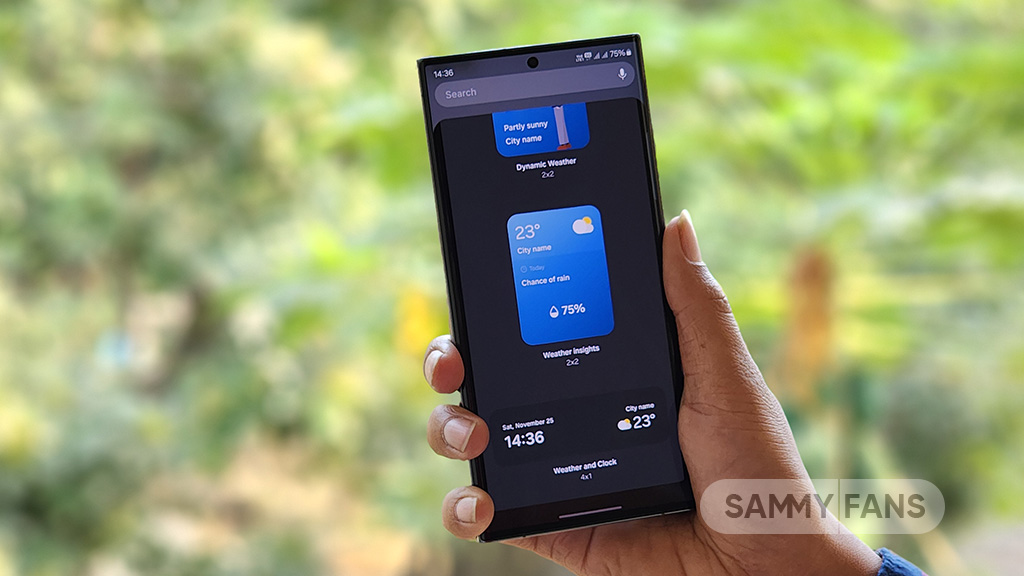
Samsung One UI 6.0 brings a lot of new features and improvements to the Galaxy devices. One of the most useful features is the Weather Insight Widget, which provides a comprehensive overview of the local weather conditions.
The Weather Insight Widget shows the current temperature, humidity, air quality, UV index, and wind speed, as well as the forecast for the next 24 hours and 7 days.
It also alerts the user of any upcoming severe weather, such as storms, snowfall, rain, or heat waves. The widget helps the user stay well-informed and prepared for weather changes.

You can easily add the Weather Insight Widget to the home screen of the Galaxy device. Here are the steps to follow:
- Tap and hold the blank space on the home screen until the options menu appears.
- Click on the Widgets.
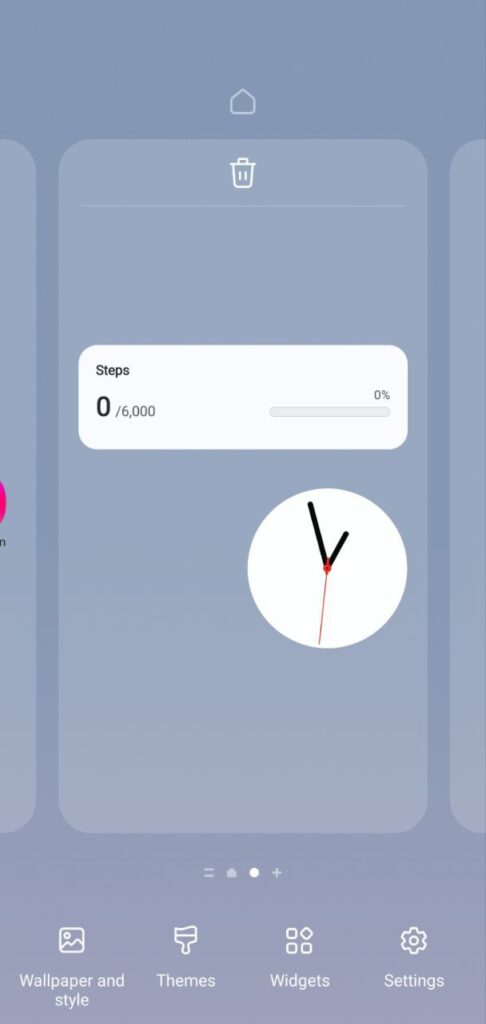
- Scroll down to find Samsung Weather.
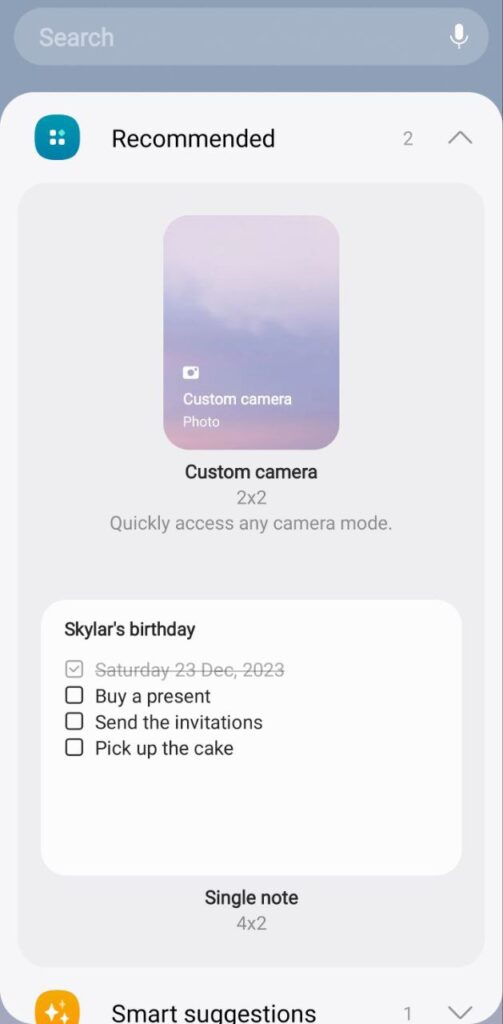
- Press the Weather option.

- Tap on the Insight from the list of widgets.

- Click on the Add option.
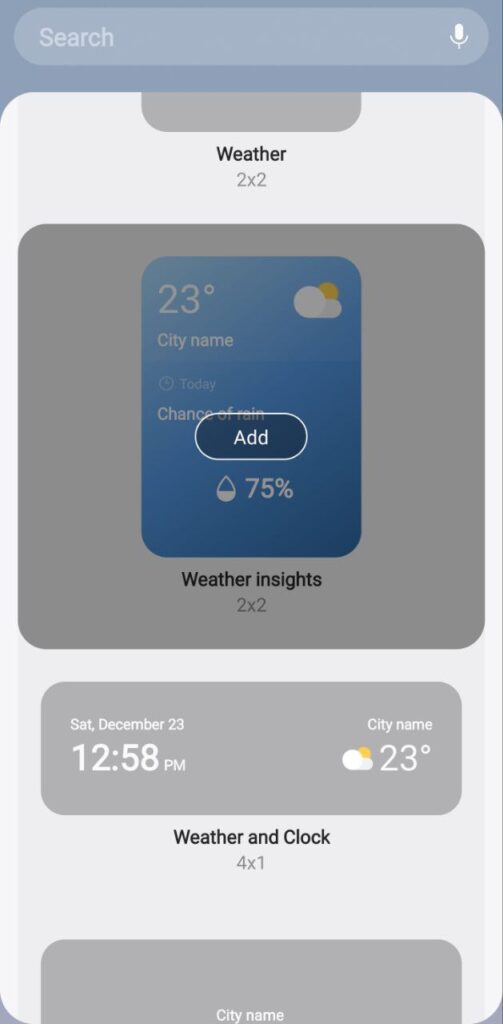
Now, you can drag and drop the widget to the desired location on the home screen and resize it if needed. Once the widget is added, the user can edit it by tapping on the settings icon on the top right corner of the widget. The user can also access more details and tips by tapping on the widget itself.
9 Amazing One UI 6.0 features you should try on your Samsung Galaxy device
Tips and Tricks
Mastering Smartphone Screen Issues: DIY Hacks with Samsung’s Digital Service Center

What if your smartphone’s touchscreen isn’t working properly, and you can’t manage the time to visit a service center? Don’t worry, you can effortlessly ensure optimal device health and get personalized support right at your fingertips by using Samsung’s Digital Service Center.
Here are DIY hacks that would ensure smooth functioning of your smartphone’s screen:
Screen doesn’t detect single-finger touches
- It’s possible that ‘TalkBack’ feature might be on. To disable ‘TalkBack’, tap on the settings icon once to select, followed by a double tap to open it.
- Scroll down and open ‘Accessibility’ and go to ‘Installed Apps’. Double tap on ‘TalkBack’ and then tap once on the on and off switch at the top right.
- Tap on ‘Turn off,’ and the ‘TalkBack’ feature will be disabled. You can also turn off ‘TalkBack’ using Bixby by simply pressing and holding the Bixby button and saying “Turn off TalkBack”.
Display’s touch sensitivity is too low
- Any attachment to the screen may affect the touch sensitivity of the device. But the touch sensitivity can be easily changed by following a series of simple steps.
- Navigate to ‘Setting’ and select ‘Display’. Scroll down to find the option for ‘Touch Sensitivity’ and toggle it on.
- If the touch sensitivity issue persists, try removing your phone’s screen guard and retesting your phone.
Screen doesn’t detect S-Pen input
- Any third-party accessories with a magnetic component, such as a phone cover, can affect S Pen recognition.
- To fix this, remove the accessory and install a Samsung-authorized cover, and try again.
- For optimal S Pen performance, avoid exposure to magnetic objects.
Tips and Tricks
Download One UI 5.1.1 Always On Display with new clock styles
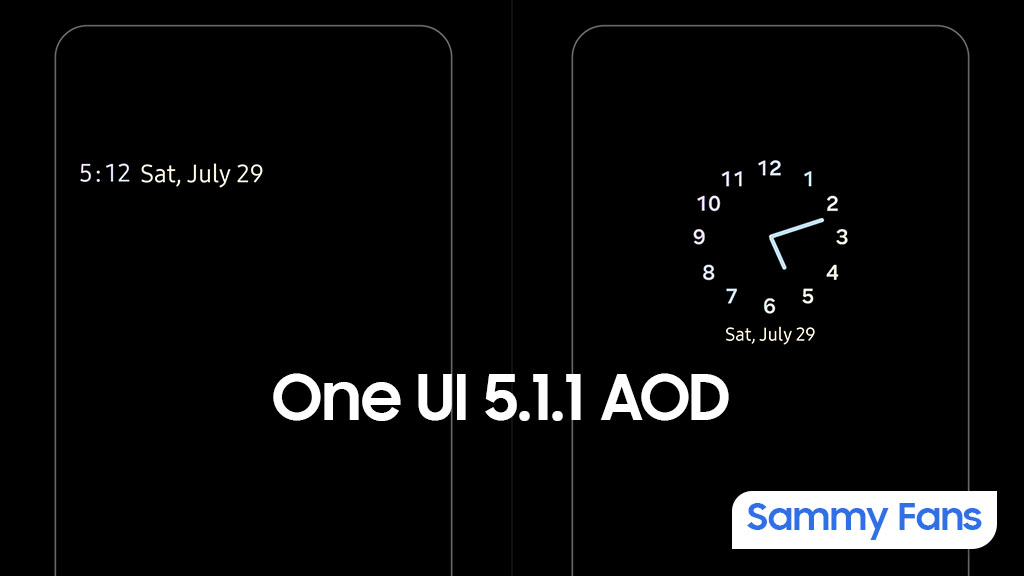
Samsung’s latest foldable smartphones come preinstalled with One UI 5.1.1. This new software comes with improved animations, some new useful features, and usability improvements. In addition, the One UI 5.1.1 brings a new Always On Display Clock Style and revamps one, which is available for download.
One UI 5.1.1 enhances the circular dial Always On Display clock, bringing the same-sized clock numbers. Besides, it adds a new clock style, which is in a horizontal arrangement and showcases time and date along with the day. The latest version of the Always On Display app brings new clock styles to One UI 5.1 phones.
Using the download link, you can download the APK file of the Always On Display app version 8.3.25.8 via mega.nz (via tarunvats33). Hopefully, Samsung will bring the new additions to Galaxy users with future update to the One UI’s AOD app.
- Always On Display v8.3.25.8 — Download [mega]

Follow our socials:



